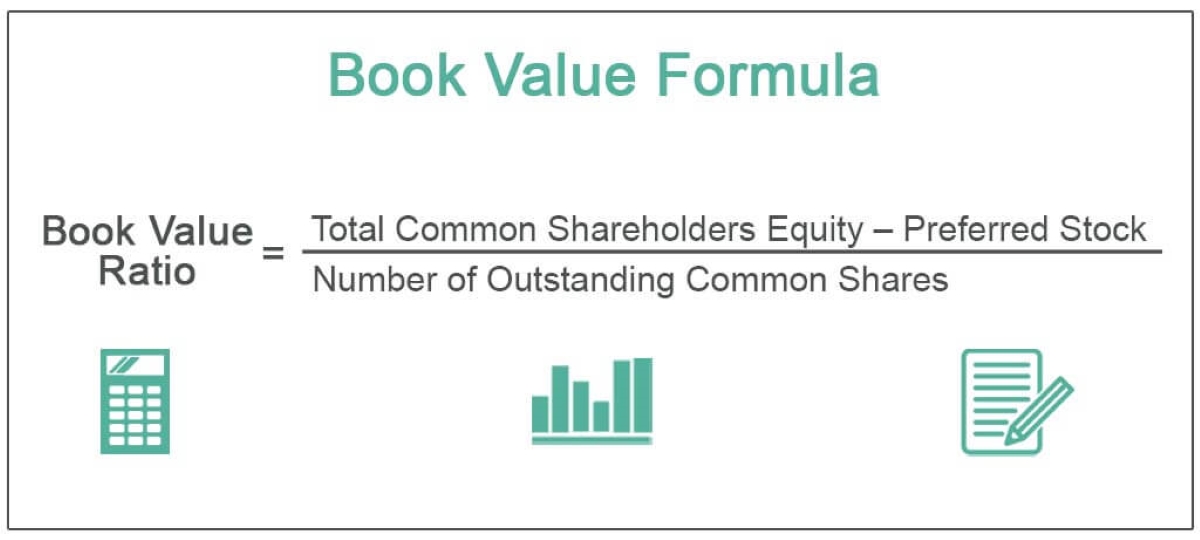Home>Finance>Book Value Per Common Share (BVPS): Definition And Calculation


Finance
Book Value Per Common Share (BVPS): Definition And Calculation
Published: October 18, 2023
Learn the definition and calculation of Book Value Per Common Share (BVPS) in finance. Discover how this key financial metric can impact your investment decisions.
(Many of the links in this article redirect to a specific reviewed product. Your purchase of these products through affiliate links helps to generate commission for LiveWell, at no extra cost. Learn more)
Understanding Book Value Per Common Share (BVPS): Definition and Calculation
Welcome to our Finance category! In today’s blog post, we are going to dive deep into the concept of Book Value Per Common Share (BVPS). Whether you are a seasoned investor or just starting your journey in the world of finance, understanding BVPS can be highly beneficial for making informed decisions. So, let’s get started!
Key Takeaways
- Book Value Per Common Share (BVPS) is a financial metric used to assess the worth of a company’s common equity.
- It is calculated by dividing the total common stockholders’ equity by the number of outstanding common shares.
Now, you might be wondering, what exactly is Book Value Per Common Share and why is it important for investors? BVPS is a measure that indicates the net worth of a company’s common equity on a per-share basis. In simpler terms, it tells you how much each share of common stock is worth based on the company’s assets and liabilities.
To calculate BVPS, you need two pieces of information: the total common stockholders’ equity and the number of outstanding common shares. The total common stockholders’ equity represents the net assets of the company, while the number of outstanding common shares is the total shares held by investors.
To find the BVPS, you divide the total common stockholders’ equity by the number of outstanding common shares. The resulting figure gives you the book value per share, which can serve as a benchmark to evaluate the financial health and value of a company.
Here’s the formula to calculate BVPS:
Book Value Per Common Share (BVPS) = Total Common Stockholders’ Equity / Number of Outstanding Common Shares
Now, let’s look at why BVPS is important for investors:
- Evaluating Stock Price: BVPS can help investors assess whether a stock is undervalued or overvalued. If the market price per share is lower than the BVPS, it may indicate that the stock is undervalued, potentially presenting a buying opportunity. Conversely, if the market price per share exceeds the BVPS, it might suggest that the stock is overvalued, urging caution.
- Measuring Company’s Financial Health: BVPS allows investors to gauge a company’s financial health and stability. A higher BVPS generally indicates that the company has a solid foundation, with more assets than liabilities. It can be reassuring for investors, especially in turbulent market conditions.
In conclusion, Book Value Per Common Share (BVPS) is a crucial metric that helps investors determine the true worth of a company’s common equity on a per-share basis. By calculating and comparing BVPS with market prices, investors can make more informed decisions and potentially identify attractive investment opportunities. So, the next time you assess a company’s financials, make sure to include BVPS in your analysis!














